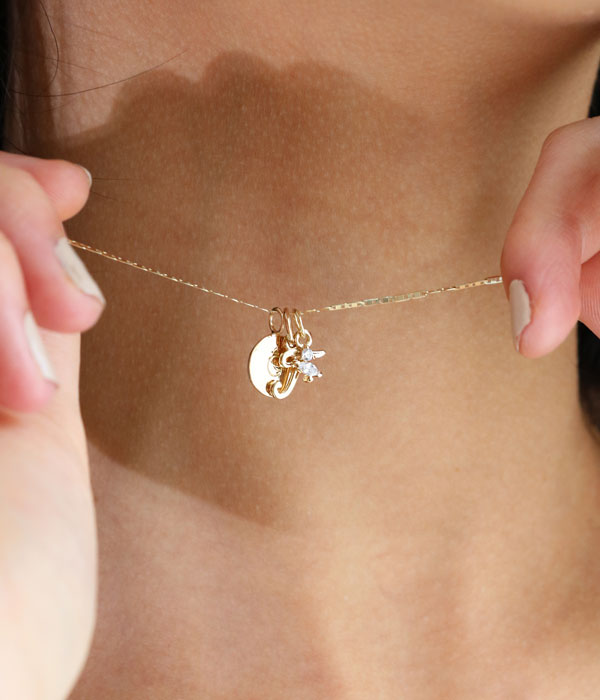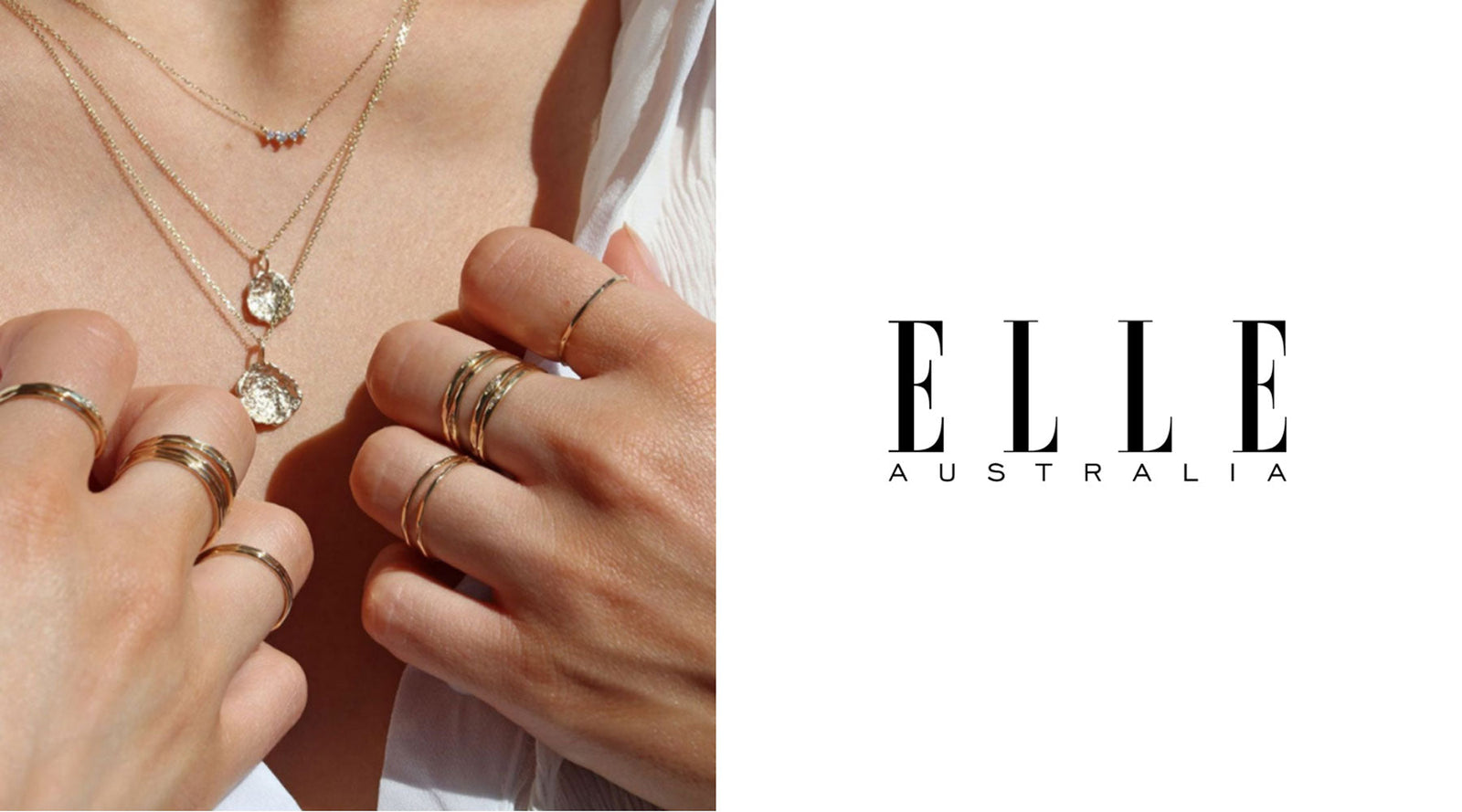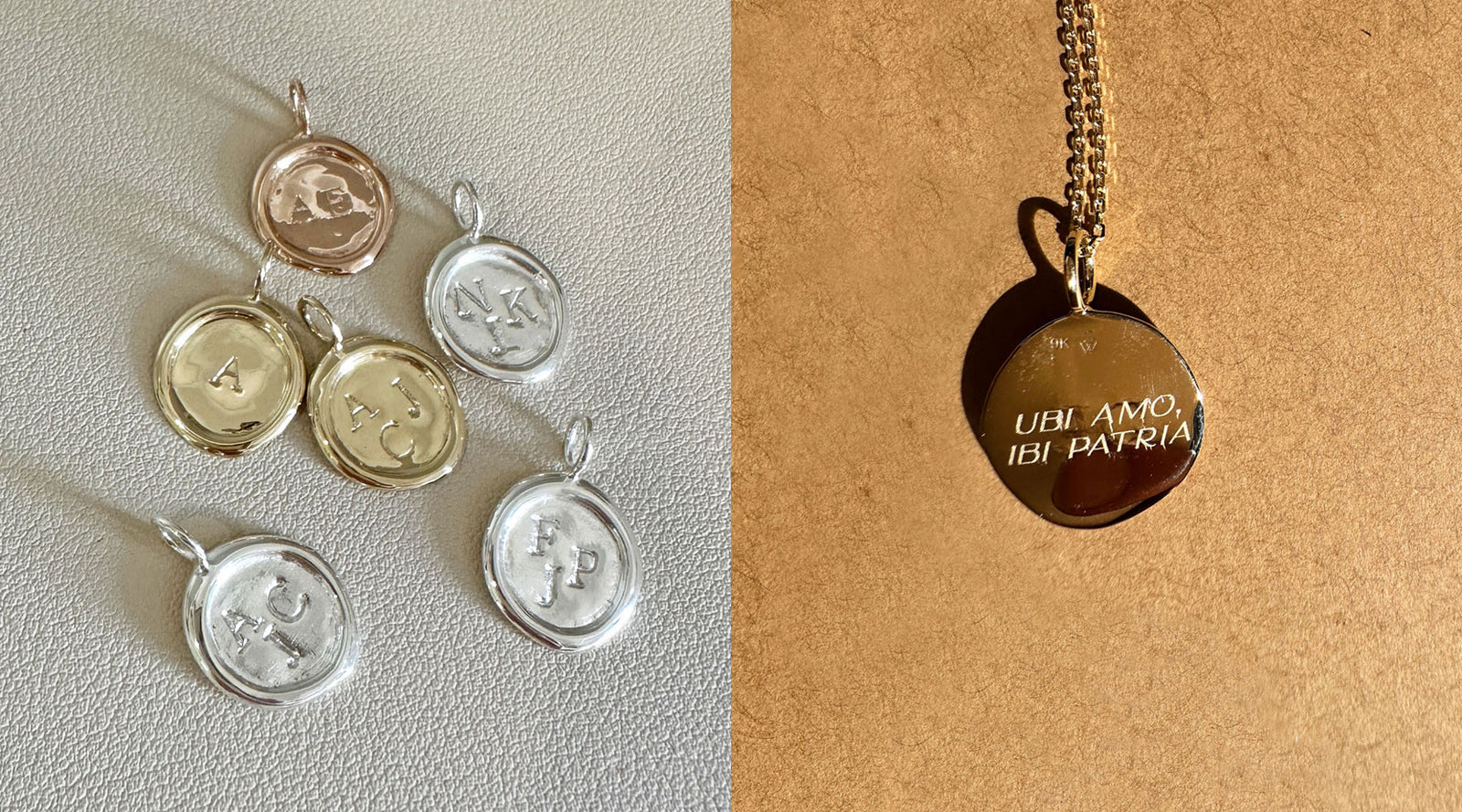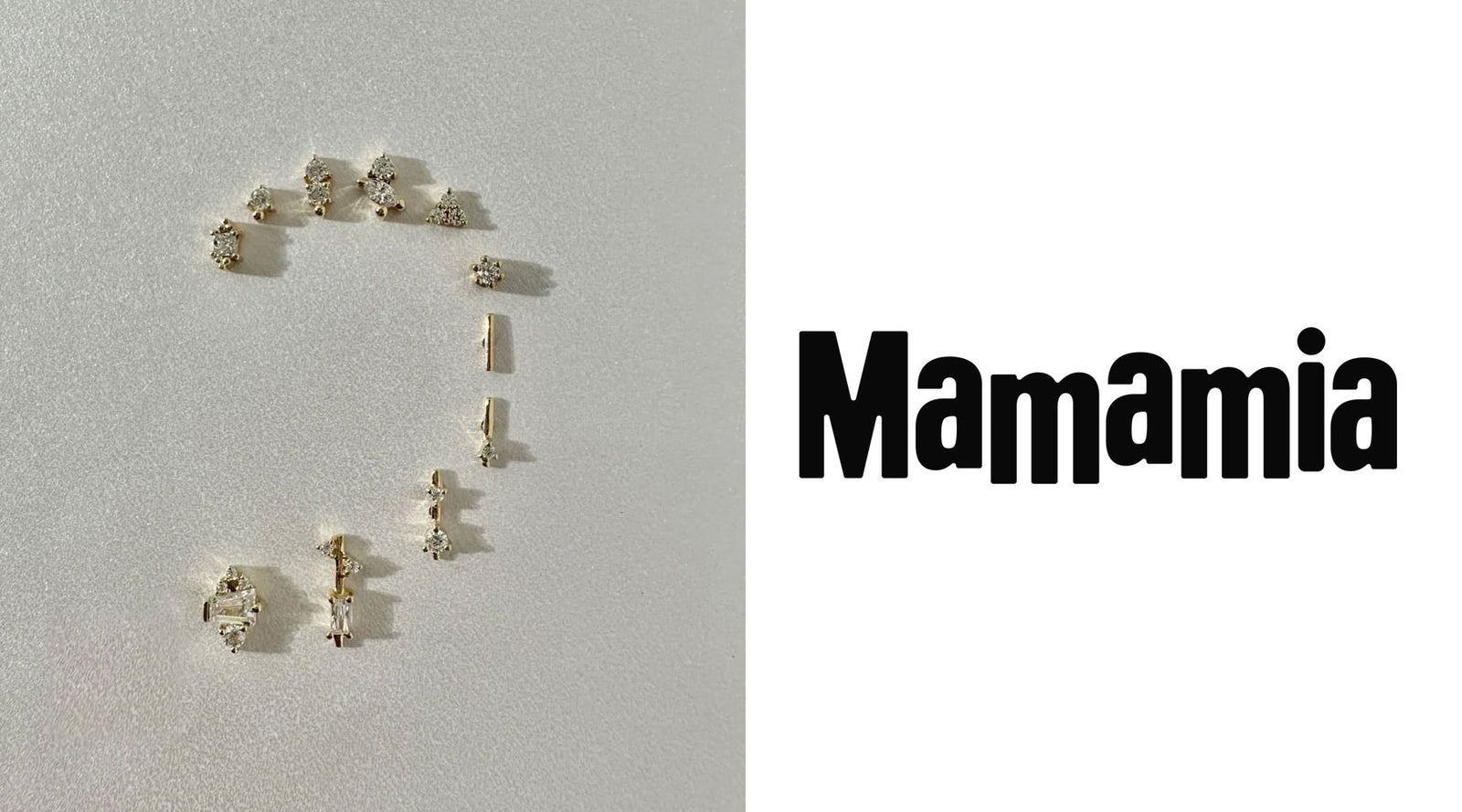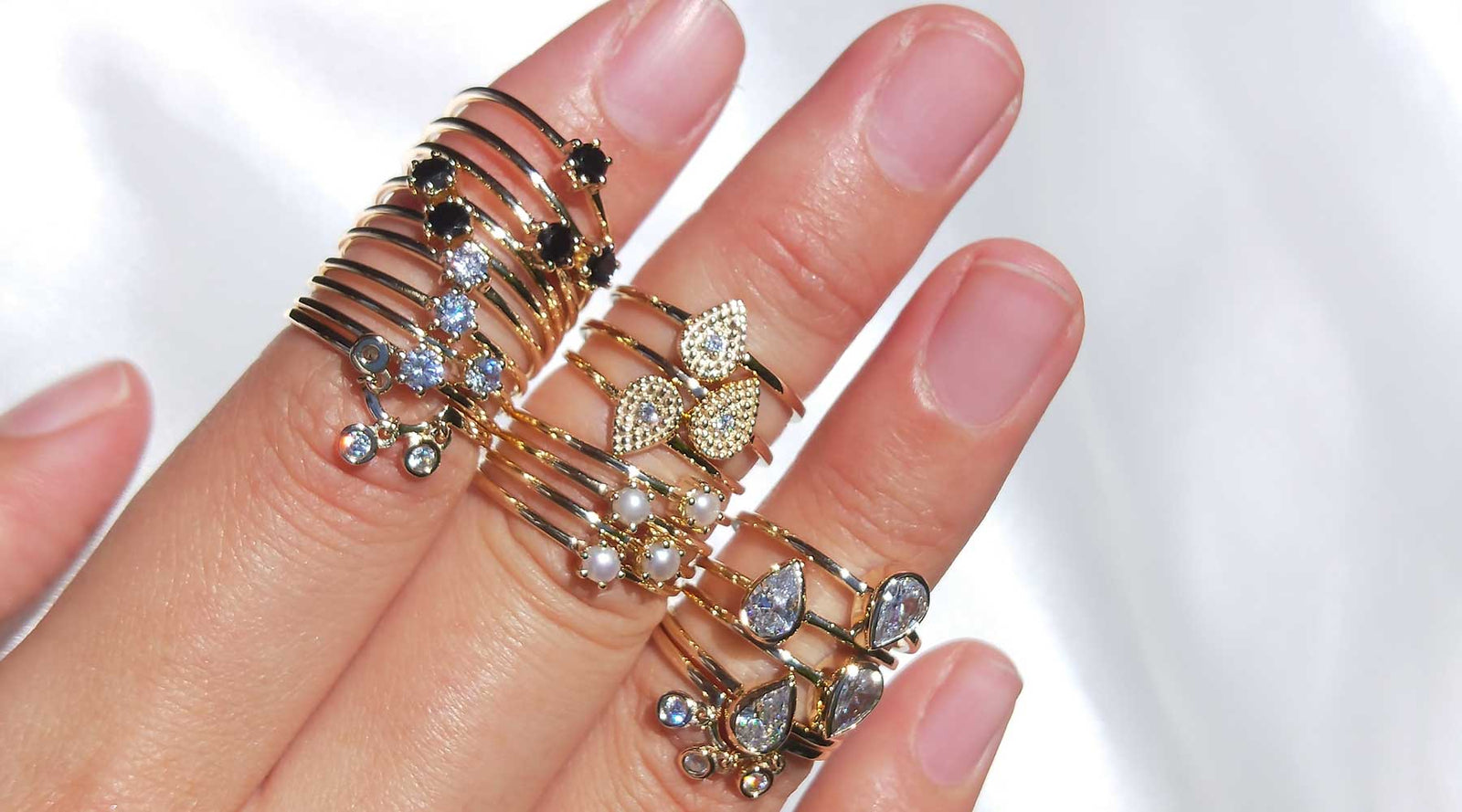
If your solid gold or silver jewellery has suddenly turned black or darkened, don't panic! It doesn't mean it's not 'real' gold or silver, in fact it is a perfectly normal reaction. Here we explain why it happens and some easy steps to reverse the tarnishing process for your beloved jewels.
What is tarnish?
Tarnish is a thin layer of corrosion on metals, resulting from a reaction to moisture, air or chemical compounds with the metal in your jewellery. This will appear as a dark surface discolouration to your jewellery.
What types of metal tarnish?
All types of jewellery that aren’t 100% pure gold (24k gold) or 100% pure silver (fine silver) can tarnish – this includes any fine jewellery composed of solid 9k, 14k, 18k gold or sterling silver.
Can fine jewellery tarnish?
Yes – Most people know that fashion or costume jewellery tarnishes and rusts because they are made of poorer quality base metals. However, fine jewellery made of solid gold and silver can also tarnish!
The reason why fine jewellery tarnishes is because the metals used in fine jewellery are generally between 9k and 18k gold, rather than pure 24k gold (which is too soft for practical everyday wear). This means that if they are exposed to certain chemicals or conditions in the air, they can also develop a layer of tarnish. To learn more about what the different karats (“k”) mean, refer to our post on “Gold Purity: Difference between karats, carats and 9k, 14k, 18k, 24k gold”.
What causes fine jewellery to tarnish?
It is generally the other metals that are mixed with the gold or silver in fine jewellery which are the cause for tarnish.
For example: Sterling silver in composed of 92.5% pure silver and 7.5% other metals (usually copper). The 'other metals' in sterling silver react to moisture and compounds in the air, causing it to darken. The darkening is only a thin layer on the surface of the metal and this can happen to both solid gold and silver.
The same reaction also occurs if your jewellery is exposed to certain chemicals or lotions e.g. sunscreen, harsh cleaning agents and perfumes.
How do I remove tarnish from my jewellery?
The good news is, it is easy to remove tarnish from sterling silver or solid gold pieces. If the amount of tarnish isn’t too bad, you can use a silver polishing cloth, which is a cloth impregnated with an anti-tarnishing agent. Simply rub the cloth on the piece of jewellery and you’ll see the tarnish begin to disappear.
If you purchase any of our jewellery on SIT & WONDER, we include a polishing cloth for free with your order.

If there is quite a lot of tarnish, you can use a silver cleaner to wash your piece. Or you can try this DIY method.
Note: When using any kind of cleaner or polishing cloth, take care not to apply it directly on gemstones and pearls as they can be damaged. For more information on how to clean different types of jewellery, refer to our Jewellery Care Guide.
What can I do to prevent tarnish on my jewellery?
Although fine jewellery is more durable than fashion or costume jewellery, it’s still important to make sure you look after them properly. With love and care your fine jewellery will last you a lifetime.
- Avoid wearing your fine jewellery in chlorinated pools.
- Store your jewellery in a clean, dry place. Either in small zip lock bags, or a jewellery box with soft lining. This will minimise scratches and exposure to other elements.
- If your jewellery contains any natural gems take extra care to avoid any harsh cleaning products on the stones. Only use a mild detergent or soap and water. Avoid using polishing cloths directly on the gems.
- When wearing your jewellery, take care to minimise exposure to any make-up, hairspray, perfumes and lotions. Especially sunscreen and products with chemicals.
- Don’t wear your jewellery when sleeping, exercising, showering or intense physical activity. Even the PH levels in your sweat can cause a reaction with your jewellery, and you’ll also reduce the chance of accidental breakage.
